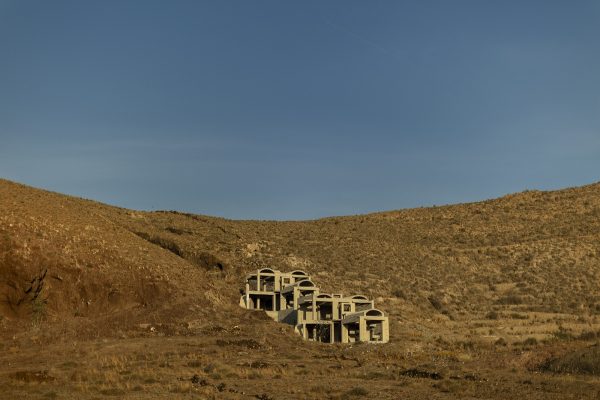
Photography / Monachopsis, by Hilary Wardhaugh. At CCAS Manuka, until March 24. Reviewed by BRIAN ROPE.
Opening her own exhibition, local long-established career professional photographer, Hilary Wardhaugh, announced it as the first step in a new career as an artist.
Having long believed artists can emerge later in life journeys without undertaking formal tertiary art studies, I was delighted.
Wardhaugh has been capturing images for around 27 years, specialising in portrait, event, editorial and branding photography. But now, she proclaimed, a separate artist career was also underway.
In fact, this photographer’s website states that she considers herself an artist, activist/provocateur, volunteer and creator of community. It says her creative endeavours bring people together in the pursuit of a better world, her interest involves the human condition: irony and contradiction – and she also pursues topical and creative projects to highlight a theme or an issue, most recently climate change.
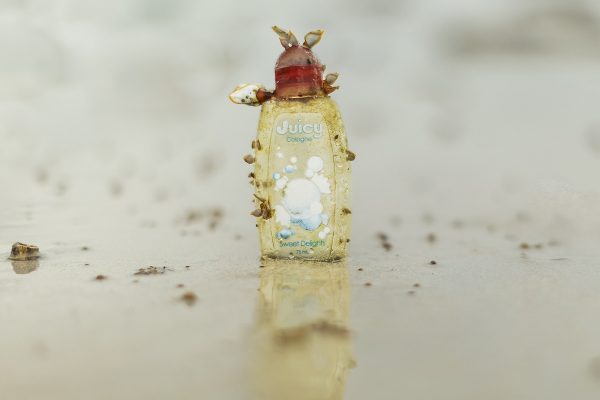
Wardhaugh has curated many projects involving women and photography; for example, Loud and Luminous (with Mel Anderson as co-creator) and most recently a climate change project, The #everydayclimatecrisis Visual Petition, which achieved global recognition.
This artist is very passionate about using photography as activism and demonstrating that through artistic, provocative and innovative means. That is just what she is doing with this solo exhibition.
I had not previously heard the word “monachopsis” so turned to online sources seeking its meaning. I learned it is a new word, coined by writer John Koenig in his Dictionary of Obscure Sorrows. It describes the feeling of being maladapted to your surroundings, like a seal on a beach. Monachopsis is temporary for most people and diminishes when the unfamiliar becomes familiar and new routines and unknown faces become norms.
The journey that has culminated in this exhibition actually began in June 2016 when the Queanbeyan River’s bank was littered with “the detritus of the capitalist Anthropocene era”, which the artist describes as a grim testament to our collective negligence. The sight stirred within her “a potent blend of horror and introspection”.
However, these exhibited artworks were created later. Wardhaugh visited Indonesia’s Bintan Island and Greece’s Santorini. Again, the artist saw vast quantities of waste on beaches. Interestingly, I only saw pristine beaches on those two islands years earlier. Material on the Personal Work page of her website here explains her reaction and hope that, left to its own, nature might reclaim those beaches.
So, this exhibition of artworks by this emerging artist is very much her response to those beach experiences, revealing the hope she has expressed. The work includes portraits of “discarded plastic sunscreen and soft drink bottles cultivated by molluscs” on Bintan. It contains images of a feral car reclaimed by prickly pear on Santorini.
Everything in this splendid exhibition encourages reflection about human impact on the environment. It transports us into that unsettling place to which monachopsis refers. Wardhaugh’s belief that art can provoke valuable conversations and lead to meaningful action underpins her purpose. And she has most successfully achieved what she set out to do.
Who can be trusted?
In a world of spin and confusion, there’s never been a more important time to support independent journalism in Canberra.
If you trust our work online and want to enforce the power of independent voices, I invite you to make a small contribution.
Every dollar of support is invested back into our journalism to help keep citynews.com.au strong and free.
Thank you,
Ian Meikle, editor
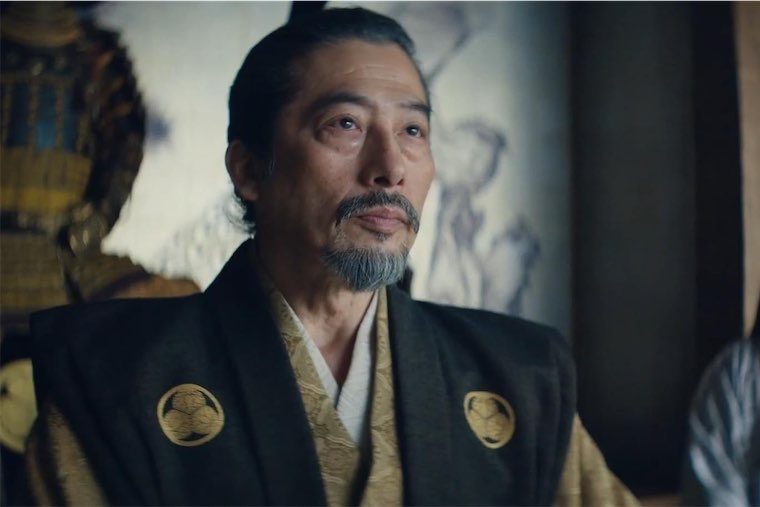
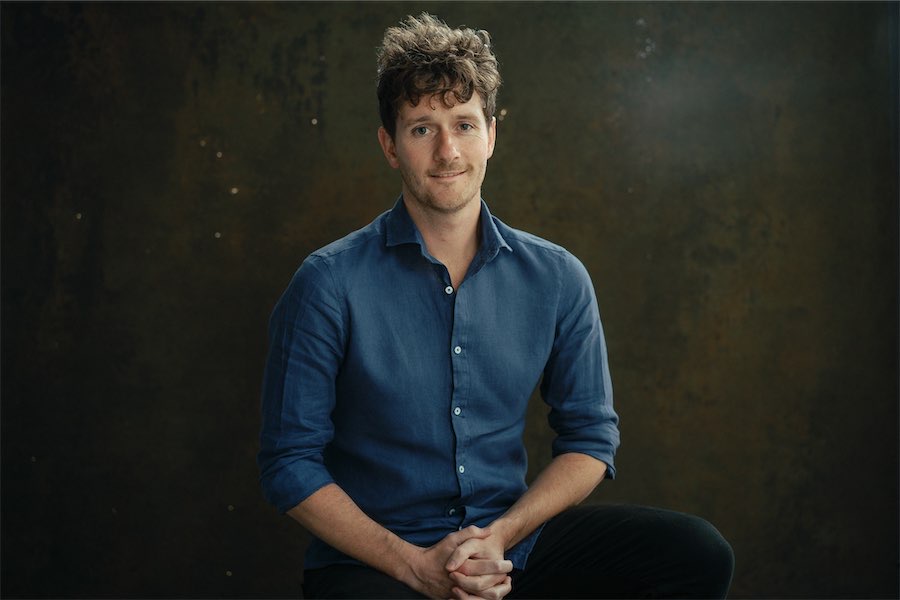
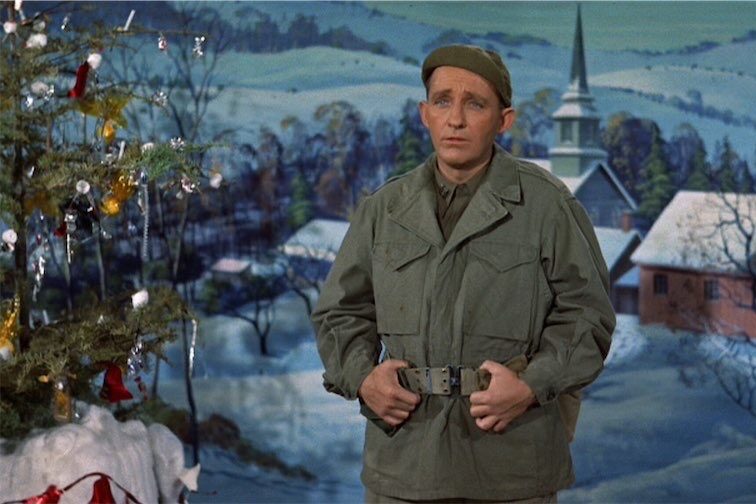

Leave a Reply